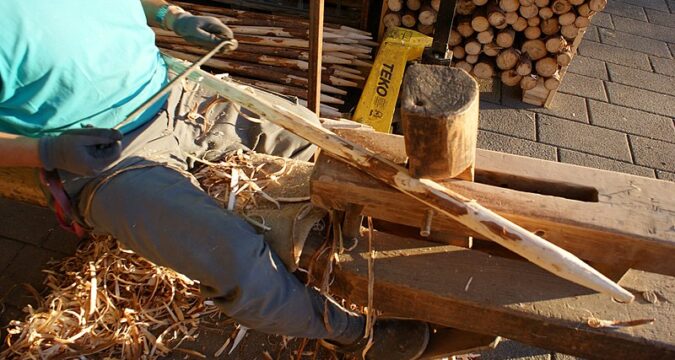
In the realm of woodworking, the humble spoke shave stands as an unsung hero, a tool capable of transforming ordinary pieces of wood into works of art. From shaping intricate curves to creating smooth bevels, spoke shaves are essential for woodworkers seeking precision and finesse. This comprehensive guide will delve into the world of spoke shaves, exploring their types, essential considerations, techniques, and diverse applications. Prepare to unlock your creative potential and elevate your woodworking skills to new heights.
Key Takeaway: Spoke Shaves in a Nutshell
| Feature | Benefit |
|---|---|
| Types: Straight, curved, and bullnose | Accommodate various woodworking tasks and shapes |
| Blade Material: Carbon steel, high-speed steel, and carbide | Ensure durability, sharpness, and longevity |
| Blade Adjustment: Precise control over depth of cut | Versatility in shaping different materials |
| Ergonomic Handles: Enhanced comfort and reduced fatigue | Prolonged use without discomfort |
| Applications: Shaping curves, creating bevels, hollowing, and carving | Diverse projects, from furniture to musical instruments |
Types of Spoke Shaves
Spoke shaves come in three primary types, each tailored to specific applications:
1. Straight Spoke Shave:
- Ideal for flat or slightly curved surfaces
- Precise shaping and creating crisp edges
- Suitable for beginners and experienced woodworkers alike
2. Curved Spoke Shave:
- Designed for concave or convex curves
- Shaping intricate details and smoothing curved edges
- Requires some practice to master
3. Bullnose Spoke Shave:
- Best suited for shaping intricate curves
- Hollowing out areas and creating smooth transitions
- Ideal for experienced woodworkers
Essential Considerations When Choosing a Spoke Shave
Selecting the right spoke shave is crucial for achieving optimal results. Consider these key factors:
1. Blade Material:
- Carbon Steel: Durable and holds a sharp edge, but prone to rust
- High-Speed Steel: Harder and more durable than carbon steel, resists rust better
- Carbide: Extremely hard and wear-resistant, ideal for heavy-duty applications
2. Blade Adjustment:
- Look for spoke shaves with adjustable blades
- Precise control over the depth of cut
- Versatility in shaping different materials
3. Handle Design:
- Choose spoke shaves with ergonomic handles
- Enhanced comfort and control
- Reduced fatigue during prolonged use
Techniques for Using a Spoke Shave
Mastering the techniques of spoke shaving unlocks a world of creative possibilities:
1. Holding and Gripping:
- Hold the spoke shave firmly with one hand near the blade and the other at the rear of the handle
- Maintain a relaxed grip, allowing for precise control
2. Cutting Techniques:
Below are three external links that could be relevant to this article:
- by [Author Name]
- Spoke Shave Projects for Beginners
- Woodworking Hobby Enjoy!

